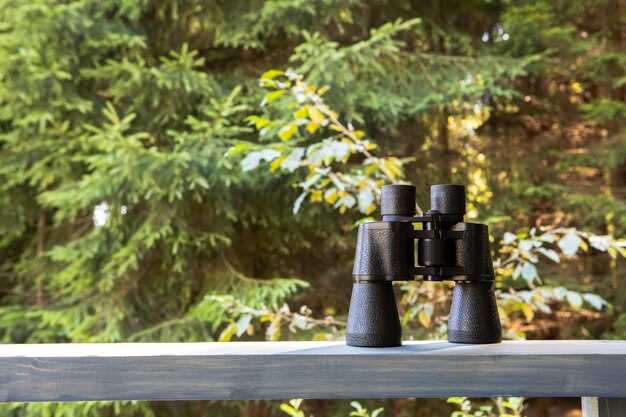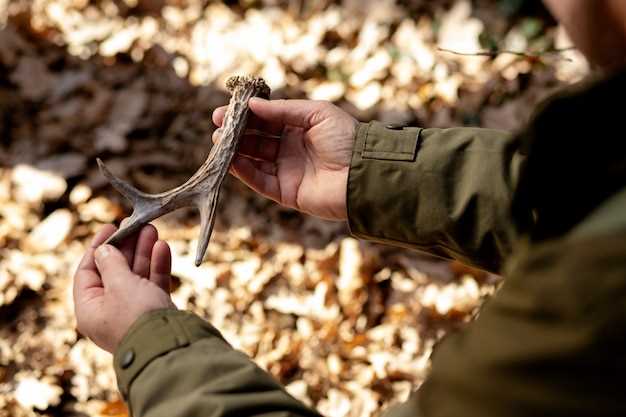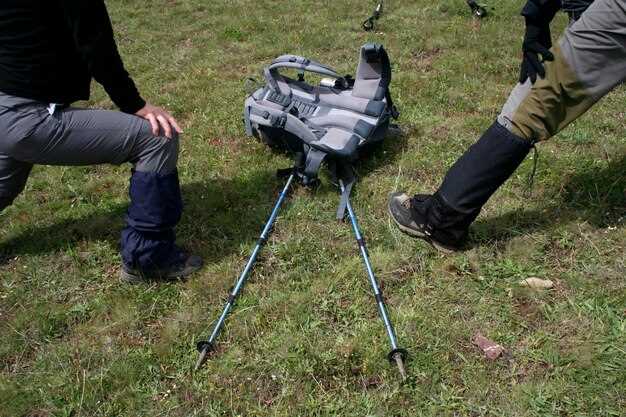
Top-rated rangefinders for bowhunters

Bowhunting is a skill that combines patience, strategy, and precision. In 2023, the importance of having the right equipment cannot be overstated. Among the most critical tools for any bowhunter is a reliable rangefinder. A quality rangefinder enables hunters to gauge distances accurately, allowing for well-calculated shots that can make the difference between a successful hunt and a missed opportunity.
The evolution of technology has brought forth a variety of advanced rangefinders designed specifically for bowhunting. With features such as angle compensation, customizable settings, and enhanced optics, today’s models cater to the unique needs of bowhunters, who often face different challenges than their rifle-hunting counterparts. It is essential to choose a rangefinder that enhances your performance in the field, providing you with the confidence to take the shot.
As we delve into the best rangefinders for bowhunters in 2023, our focus will be on durability, accuracy, and user-friendly features. This guide will highlight some of the top options available, helping you make an informed decision to elevate your hunting game. Whether you’re an experienced bowhunter or just starting, the right rangefinder is an investment in your success.
Top Features to Look for in a Bowhunting Rangefinder

When choosing a rangefinder for bowhunting, several key features can significantly enhance your hunting experience and accuracy. First and foremost, look for a rangefinder with a high degree of accuracy, typically within +/- 1 yard. This precision is crucial when making critical shots at varying distances.
Next, consider the maximum range capability. A good bowhunting rangefinder should accurately measure distances from as close as 5 yards to a maximum of at least 600-800 yards, allowing you to measure distances effectively for both close encounters and longer shots.
Another essential feature is the angle compensation technology, which adjusts the distance reading based on the angle of the shot. This is particularly important when shooting uphill or downhill, as it provides a more accurate representation of the effective shooting distance.
Additionally, look for a rangefinder that offers multiple modes, such as scan mode for continuously measuring distances and a bullseye mode for focusing on small targets. These modes can provide versatility depending on your hunting scenario.
The optical quality of the rangefinder is also vital. High-quality lenses with anti-reflective coatings improve light transmission, making it easier to see in low-light conditions, which is often when bowhunters are in the field.
Finally, consider the durability and water resistance of the rangefinder. Bowhunting can expose gear to harsh weather, so a rugged, waterproof design ensures reliability in various conditions. Lightweight and compact models are also advantageous, as they are easier to carry during long hunts.
Comparative Review of 2023’s Leading Rangefinder Models
In the realm of bowhunting, having an accurate rangefinder can significantly enhance a hunter’s effectiveness. In 2023, several models stand out, each offering unique features tailored for bowhunters. This comparative review will delve into key specifications and performance metrics of the top rangefinders available this year.
The Leupold RX-2800 TBR/W is a premium choice, known for its impressive range capabilities, reaching up to 2800 yards. It features True Ballistic Range (TBR) technology, which calculates the precise distance to the target based on its angle and environment. This model is particularly favored for varied terrains, providing bowhunters with valuable data for optimal shot placement.
Next, the Bushnell Elite 1 Mile excels with its user-friendly interface and robust durability, making it ideal for outdoor conditions. Capable of ranging targets up to 1 mile, it is equipped with ARC (Angle Range Compensation) technology that adjusts for elevation changes, ensuring accurate readings crucial for archery setups.
For those looking for affordability without compromising quality, the Vortex Ranger 1000 is an exceptional option. With a maximum range of 1000 yards, it offers fast, accurate measurements with a simple one-button operation. The built-in Halo feature is a game changer for bowhunters, providing essential angle compensation necessary for effective shooting.
The Nikon Arrow ID 5000 is specifically designed for archers, featuring a distinctive incline/decline mode that allows for precise distance readings in hilly terrains. Its lightweight construction and compact design make it a convenient choice for hunters who prioritize portability while maintaining accuracy.
Lastly, the Sig Sauer KILO1000
stands out with its advanced lightwave DSP technology, enabling precise distance measurements up to 1000 yards. Its exceptional optics and display settings provide clarity and ease of use, making it a reliable companion for bowhunting expeditions.
When selecting a rangefinder, bowhunters should consider factors such as measurement range, angle compensation features, and durability to match their specific hunting environments. Each of these models represents the best in their class for 2023, ensuring that archery enthusiasts can make informed and accurate shots.
Tips for Maximizing Accuracy with Your Rangefinder in the Field

When engaging in bowhunting, achieving precise distance measurements is crucial for accurate shots. Here are several tips to ensure you get the most out of your rangefinder in the field.
Firstly, always ensure your rangefinder is calibrated correctly. Before heading out, familiarize yourself with its settings and perform a calibration check if necessary. This will help maintain accuracy, especially in varying terrains.
Secondly, consider the weather conditions. Rain, fog, or heavy humidity can affect the rangefinder’s performance. On overcast days, try to shoot from elevated positions to find clear lines of sight. Additionally, avoid using your rangefinder in high winds, which can lead to miscalculations.
Next, practice consistently measuring distances in different environments. Spend time in your hunting area to understand how various terrains can influence measurements, such as slopes or obstacles. This experience will help you develop an instinct for adjusting your aim based on those factors.
Utilize the angle compensation feature available on many modern rangefinders. This feature accounts for the angle of your shot, providing a more accurate reading when targeting animals on steep inclines or declines.
Furthermore, be mindful of your body positioning. Ensure your rangefinder is stable when taking measurements. Hold your breath briefly while aiming, as movement can lead to inaccurate readings. If necessary, rest your arm against a solid surface to improve stability.
Lastly, always verify readings. If you’re hunting in an area with varying distances, take multiple readings to confirm accuracy, especially when it comes to target animals. Learning to read your rangefinder efficiently can significantly enhance your bowhunting success.




